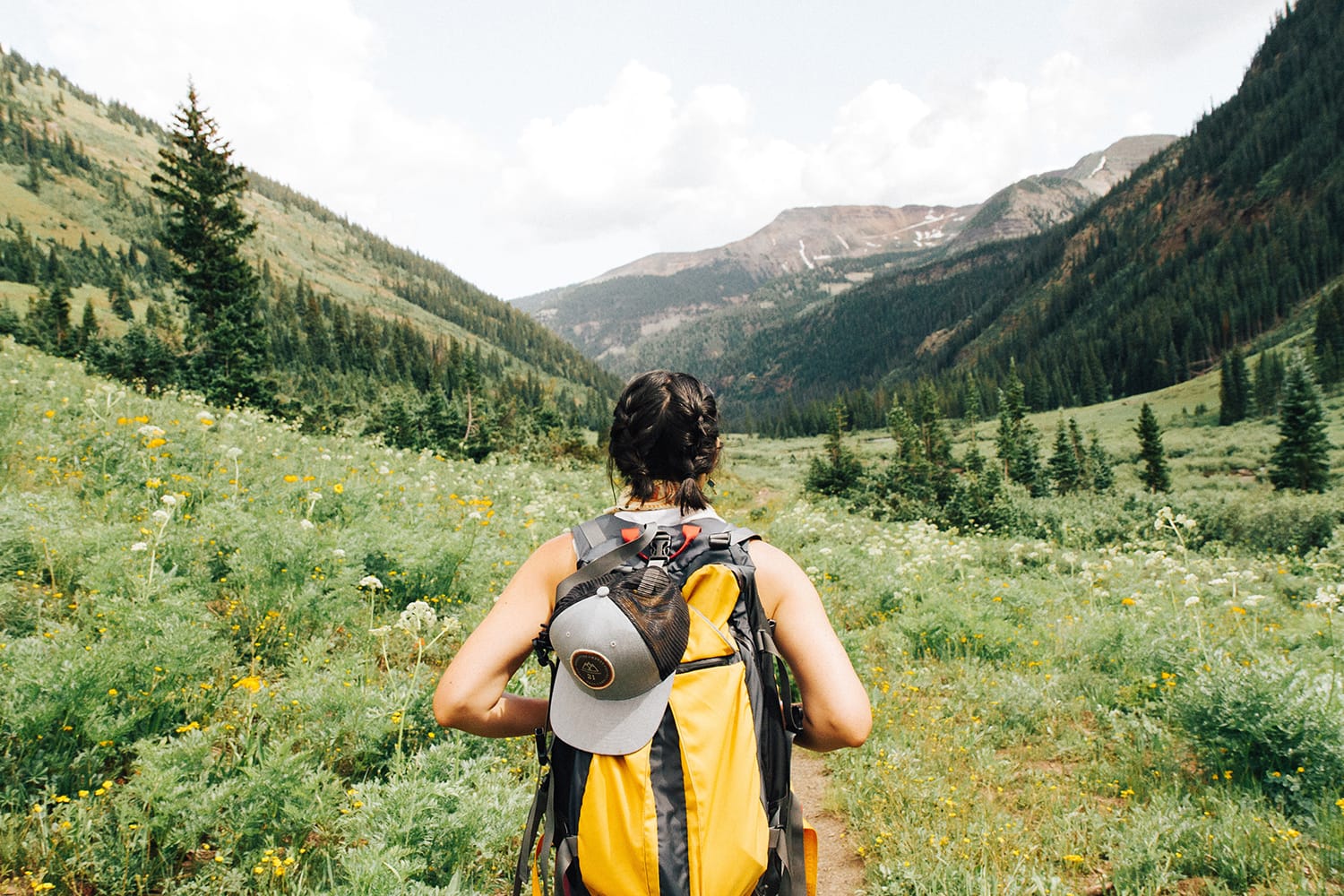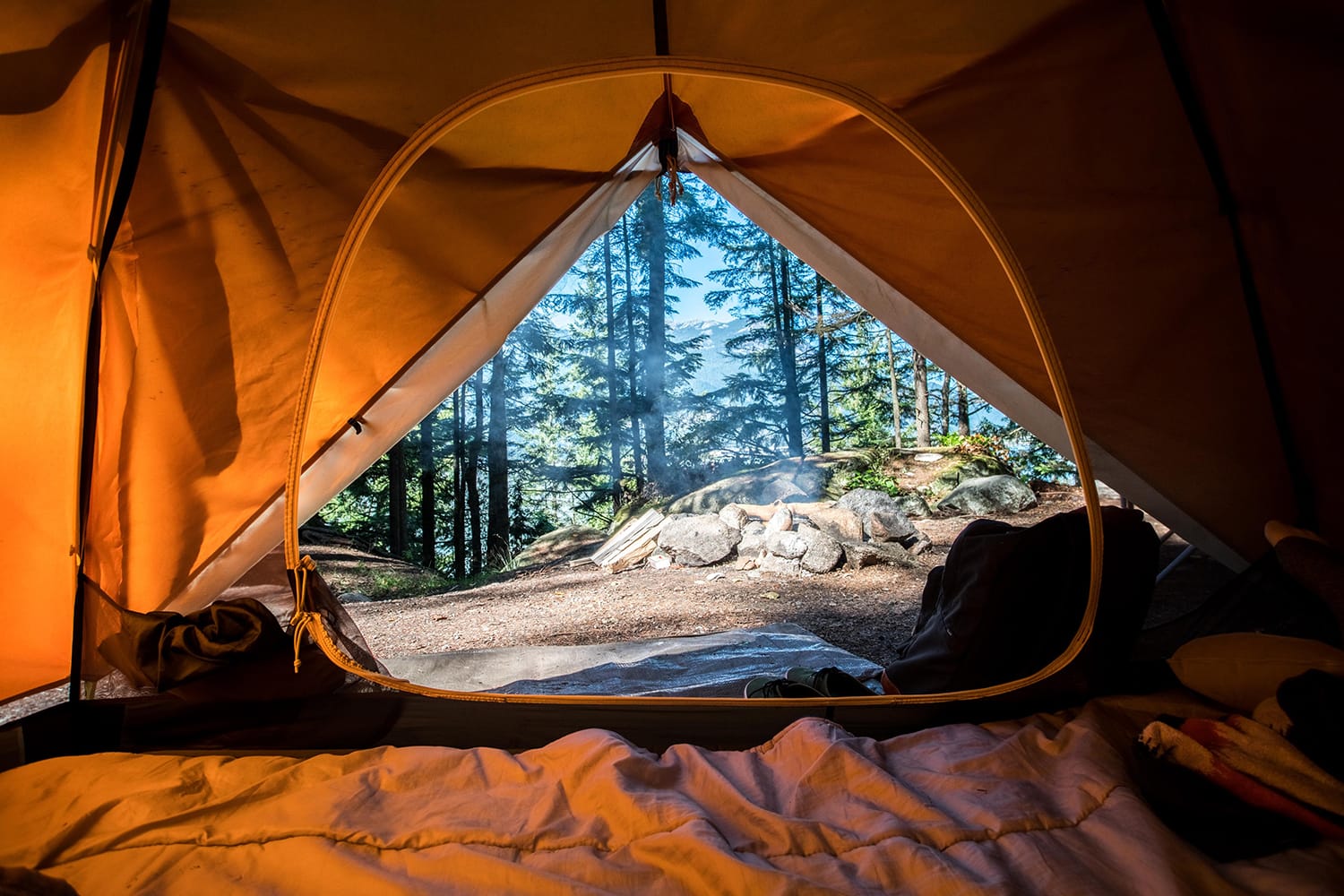The Ultimate Guide to Adventure Photography
Planning a photography trek in the great outdoors may be daunting for those who are more accustomed to the comforts of a studio or more familiar landscapes close to home.
But, the quality of the shots you can capture and the satisfaction of the experience are all the rewards you’ll need to find yourself wanting to pursue adventure photography again and again.
Below, I’ve listed a handful of tips appropriate for both the beginning outdoor photographer and the more experienced adventure photography experts out there.
From what to bring to how to pick the best scenes for the most epic shots. Let’s get started, shall we?
1. Orient Yourself to Your Goals

The first question you’ll need to ask yourself before you begin planning your photographic commune with nature is what, exactly, you want to shoot.
Do you want to capture the most intense shots of outdoor sports like water skiing or rock climbing? Are you aiming to shoot wildlife in its natural habitat? And, perhaps most importantly, do you want to be a participant or an observer in your shots?
As you answer questions like these and narrow your scope, use your goals to inform the decisions you make about where and when you’ll plan your excursion. For example, you may be limited to a particular season or location, depending on your ideals.
Whatever you choose, remember that first-time adventure photographers may want to choose a location close to home until they get the hang of things.
2. Practice Shooting the Great Outdoors at Home

Speaking of getting the hang of outdoor photography, it never hurts to start very local. Yes, you heard that right. There’s no shame in beginning at home!
National Geographic calls it home-field training, and trust me – this is one of the best ways to hone your skills in a low-stakes environment.
By practicing the motion of photographing action rather than still subjects, you’ll improve your reaction times and instincts, both of which will make a huge difference in how you approach adventure photography when your subjects may be even more extreme.
From photographing birds in your backyard to attending a nearby high school sports game, opportunities for practice abound.
3. Pack an “Adventure Bag”

No matter what brand of outdoor adventure you’re planning, there are some essentials you’ll want to keep in your pack alongside your photography gear. For example, make room for:
- A water pouch and water filter
- A flashlight or, better, a headlight
- A multitool to keep on-hand for pesky situations
- Bug spray
- Spare batteries
- A GPS and navigation system
- Bear repellant
Of course, don’t be afraid to add or remove things from this list as necessary, depending on your destination. Just be prepared! It doesn’t hurt to research the location beforehand – you might be surprised to learn what wild animals have made certain areas their home.
4. Stay Safe

In addition to your photography gear and your adventure bag, don’t skimp on first aid. You may choose to purchase a pre-made, compact kit from your local outdoors store, or you can create your own. Include things like sterile pads, scissors, bandages, medical tape, antibiotic ointment, sterile latex gloves, and any personal medications you might need.
When trekking, don’t forget to heed signs and use your best judgment. Also, regard the subjects of your photos with the same concern for safety! No photograph is worth injury to you or your adventure photography teammates.
5. Choose Appropriate Gear

As you plan your activities and the type of adventure you’ll be experiencing, carefully consider ahead of time which pieces of gear will be the most appropriate for your choices. For example, will you be shooting in or around water? Pack the best of the best protective gear and waterproof cases for your camera and photography accessories.
Will you be carrying your gear for long distances? If weight is an issue but you’re not willing to sacrifice tripod quality and stability (and who is?), consider following wildfire photographer Stuart Palley’s advice and investing in a carbon fiber tripod.
Or, perhaps your dream is to shoot outdoor photographs while on the move in order to obtain some truly immersive action shots. In this case, look into packing a GoPro camera.
6. Work with the Weather

You may feel that the weather is working against you during your photo shoot, but work with the weather rather than against it.
Sam Dean, an experienced outdoor photography who has worked all over the world, told Blue Ridge Outdoors that, as a photographer, “…you’ve got to set the tone and keep people upbeat, especially when conditions aren’t great.”
Be willing to roll with the punches and improvise on the fly! If a storm hits, embrace a different mood in your photographs and stay positive so that your subjects (and your own will to remain outdoors) will cooperate.
7. Capture the Classic Scenes

Some aspects of adventure photography guarantee that you’ll have access to moments unheard of within a studio or other “typical” location, so take advantage of your surroundings and take a crack at the shots you won’t find anywhere else.
For example, experiment with lighting opportunities within the “blue hour,” the moments right before sunrise and right after sunset. Away from the ever-present lights of more settled terrain, nature photographers are able to take full advantage of the lack of light to get the most incredible shots.
Finally, don’t forget that the outdoors brings something primal out of all of us, too, and you’re likely to find emotions and moods while adventuring that won’t be anywhere else.
Once you’ve packed your bags and made the appropriate preparations for your next outdoor adventure, all that’s left to do is go wild!
Each one of us is uniquely unordinary. In the Cameras in the Wild ebook you will learn not only how to capture a strong photograph, but also how to develop your images so that they become polished manifestations of your unique vision.
